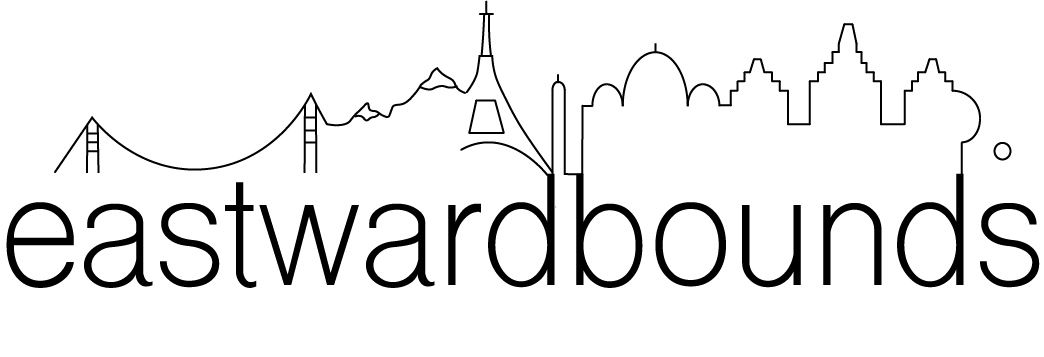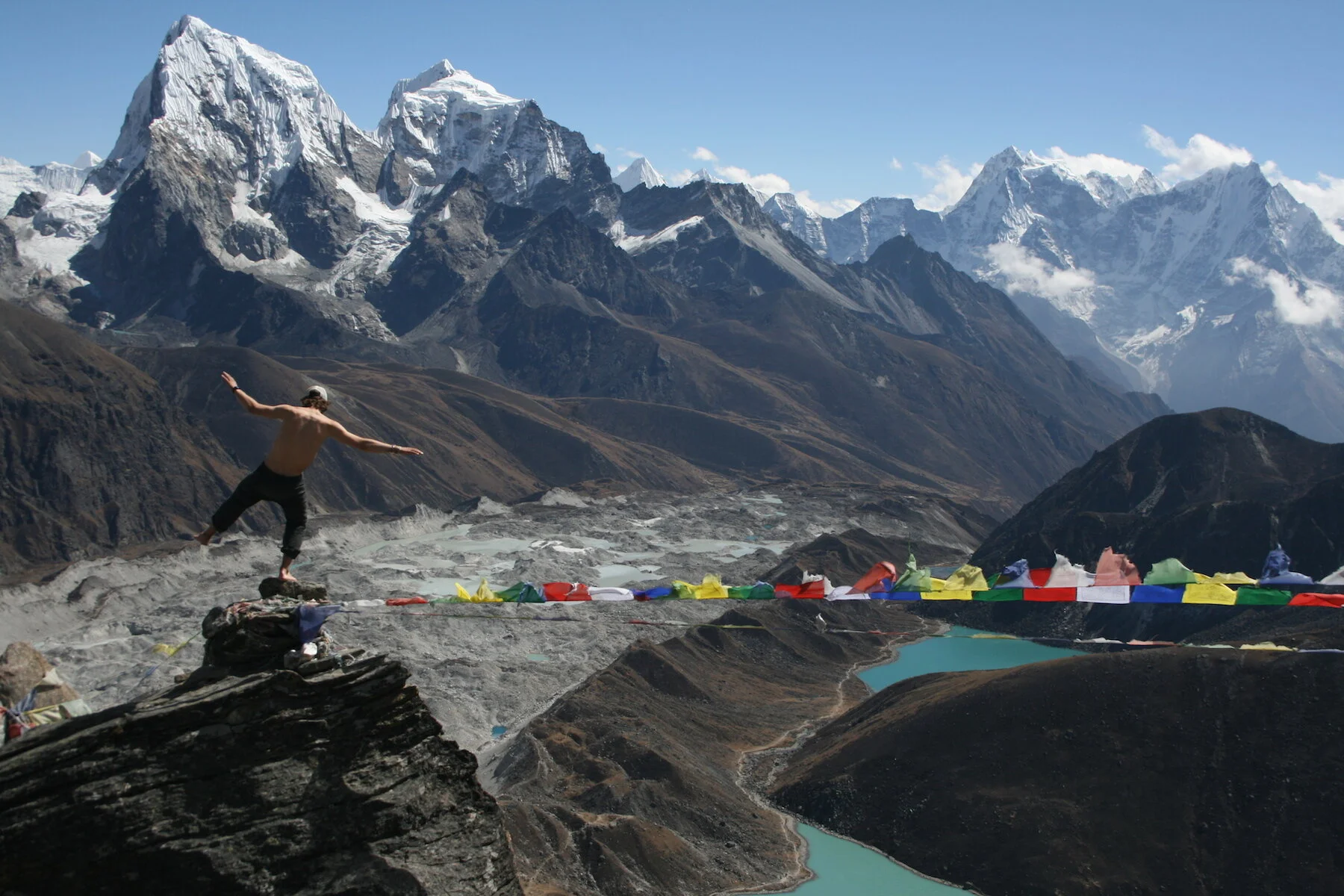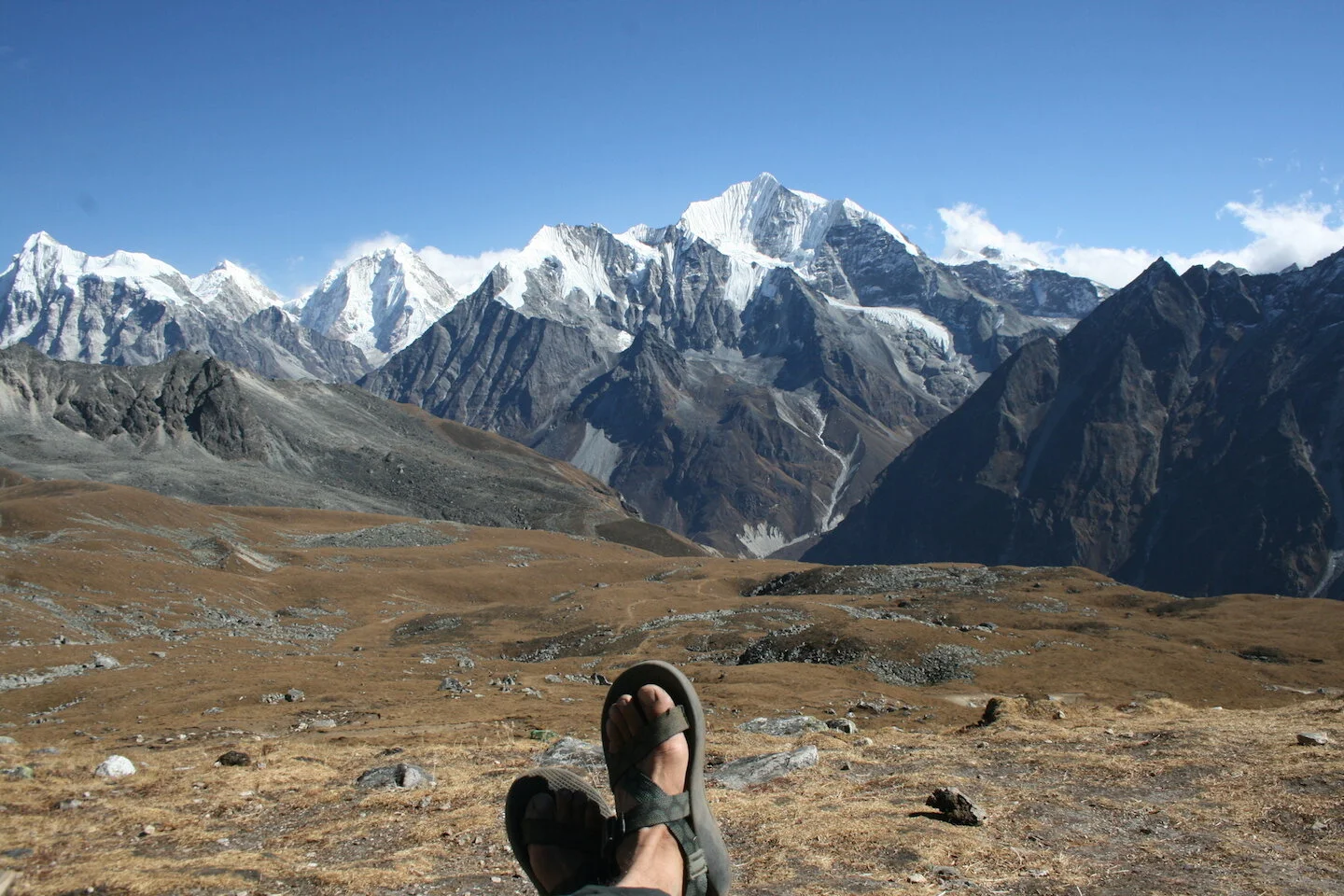24 Hours in Yangon
Yangon is a quieter version of a big, Asian metropolis. The city still pulses, with the squeals of chickens at the market and the gurgle of stalled transmissions stuck in stagnant traffic. You’ll likely start your journey in Myanmar here, and it’s worth it to take a few moments to let the city sink in. Its sparkling pagodas and underrated food are worth further examination.
Quick and Dirty
In a Phrase
A big city with pockets stuck in the colonial (and otherwise) past.
How long?
A day. Or two, if you use it as a transit hub.
favorite + Least Favorite
The walkability of the main attractions. And at-times stifling traffic.
Hidden Gem
Some lovely modern art.
Recommended Daily Budget
50,000 kyat per pair.
WHAT TO DO
6:00AM Yawn your way off the bus/plane (14000-25000 kyat PER PAIR)
There’s good public transport into the city. You should be able to find a seat in a minivan heading to Sule Pagoda for 1000 kyat a head or flag a public bus down for 200 kyat. The journey will take about an hour either way.
Then check into a hostel in the downtown. This is the area surrounding Sule Pagoda, either toward the riverfront or near Chinatown. There are tons of places to choose from, and the hostels actually seem to be the cheapest option for once, because most guest houses are geared toward higher paying clients. That being said - Myanmar does not have the cheapest accommodation in the world, especially compared to neighboring countries.
We stayed at Lil Yangon, which was pretty clean and comfortable with good showers, capsule beds, and nice staff. However, they can definitely be sneaky bastards. We saw them try to pull a two-for-one trick with multiple guests, where they tried to get couples/friends to sleep in one bed and pay full price. Nothing serious, but annoying.
Most places offer decent breakfasts which is a good way to start the day saving money.
9:00AM Help the locals (0 kyat PER PAIR)
If you’re sitting in the lobby of Lil Yangon long enough, you may be approached by teachers at the local English school. Spend 15 minutes or two hours talking to the students there. You’ll get to know more about Burmese culture, which can be hard to come by otherwise (English isn’t too widespread, especially as you get more rural).
11:00AM FIND some local fruit or art (0-5000 kyat PER PAIR)
Afterwards, wonder Strand Street and the surrounding alleys. There are plenty of markets with fresh fruit, fish, and veg and lots of smiling faces. Many of the buildings are old colonial relics rotting away. There’re also several dope contemporary art galleries to check out, including River Gallery and Lokanat, just one street apart. These two will advertise many others in the city.
1:00PM See your first pagoda (0-5000 kyat PER PAIR)
Continue walking up along Strand St to Botahtaung Pavillion. They charge to enter, but you can walk around the outside and look at the monks frolicking. Plus, the walk to the Pagoda over to the train station takes you past some very non-touristy streets. Skip this if you’re short on time or if you’ve already been to too many pagodas to count.
2:00PM Slurp some noodles (2000-10000 kyat PER PAIR)
For lunch, check out 999 Noodle House, made famous by the New York Times, or wander the streets next door and look for any packed stall. Noodles will set you back about 1000 kyat at the local spots and you can get snacks for as little 300 kyat. Burmese curries are also popular on the streets, but we always preferred the noodles:)
3:00PM Take the slow train (400 kyat PER PAIR)
From the train station, you can take the circle line for only 200 kyat around the city to see some of suburban life. This tiny little train is a very slow version of public transport for the outer reaches of the suburbs. It’s become quite touristy, but it’s still a great deal and will help you beat the heat.
The whole circle wasn’t open when we were there, which was admittedly kind of lame. If you’ve taken one too many overnight busses/trains in Southeast Asia, maybe think twice. But it’s a lovely, serene look into local life. Be warned - it’ll take a couple hours.
If you get a chance, stop by the train station before lunch to check out the timings. Sometimes there’s an hour or so between each departure.
6:00PM Take in the Pagoda to end all pagodas (0 - 20000 kyat PER PAIR)
You can get off the train on one of the western stations, which will leave you a mile or two away from Shwedagon Pagoda, one of the biggest temple complexes in the country. It’s 10,000 kyat to enter for foreigners, which honestly seemed a bit steep to us. However, you can loiter around the entrances and see a lot of what’s inside.
Who knows, you might even find someone willing to give you their entrance sticker as they leave.
If you’re not in moral opposition, don’t go in the foreigner-only entrance pavilions, but head up the stairs as far as they’ll let you go and then walk around the complex through gardens and small buildings. We found a back entrance that wasn’t guarded with the normal hoards of employees and scuttled into the main sites for a few minutes.
Regardless, there’s lots to see inside and out and it’s a cool little community surrounding the main area. You’ll want to spend a few hours.
Try to catch the sunset, but make sure you see at least some of it during the daylight.
9:00PM Seek out the (limited) nightlife (2000 - 10000 kyat PER PAIR)
This isn’t the most happening town at night (which is probably good, because knowing Myanmar, you very well may visit the city after an exhausting overnight bus). However, we’d head to Chinatown, which is quite vibrant. 19th street is famous for bbq, but the surrounding alleys have cheaper dimsum and noodle shops, which are delicious. Check out inexpensive and yummy bubble tea shops for a more relaxing environment. An inventive drink shouldn’t cost more than 2,000 kyat.
Daily Spending: 18,400 kyat - 75,400 kyat per pair
Got your own recommendations or updates? Let us know in the comments!





